The Salesforce Architect exams each come with a resource guide, which includes helpful links for each section of the exam. I have found those incredibly useful in my study. Resource guides don’t currently exist for the standard exams, so I have compiled content into a series of resource guides. This is the Salesforce CPQ Specialist resource guide.
The Salesforce CPQ Specialist certification focuses on your knowledge of the Salesforce CPQ platform (formerly known as SteelBrick), it’s object model, capabilities, and administration of key features. The scope of this exam is narrow, but you are expected to have a lot of best practice knowledge.
Understanding the Tests
As I mentioned in a previous post, understanding the intention and structure of the exams is key to passing. Salesforce provides a study guide for every certification test. In those guides, they provide a breakdown of the different sections and their relative weight. Take note of those while studying.
Breakdown
| Topic | Weighting | # of Questions |
| CPQ Platform | 23% | 14 |
| Bundle Configurations | 17% | 10 |
| Pricing | 16% | 10 |
| Orders, Contracts, Amendments, & Renewals | 15% | 9 |
| Products | 11% | 7 |
| Quote Templates | 7% | 4 |
| Product Selection | 7% | 4 |
| Approvals | 4% | 2 |
Spend time actually understanding the capabilities and configuration options of the CPQ platform. Like Marketing Cloud, this exam is very difficult to pass without working knowledge of the platform. Plus CPQ skills are in high demand, so this is a valuable skillset to have in your resume.
Resources
CPQ PLATFORM – 23%
- Design, configure, and troubleshoot price rules using lookup objects and formula fields to meet business requirements.
- Apply understanding of quote calculation sequence and quote line pricing fields to meet pricing and business requirements.
- Utilize out-of-the-box and custom permissions, record types, field sets, and page layouts to ensure users can fulfill their job requirements.
- Given a business process, demonstrate knowledge of CPQ data flow (e.g., twin fields) across CPQ objects.
- CPQ Twin Fields (Mapping Data Between Objects)
- Demonstrate knowledge about the CPQ object data model as it relates to data migration.
- Set up CPQ for localization and multi-currency for international customers and users.
- Given a scenario, determine the necessary CPQ package-level settings.
- Determine how the CPQ managed package fits within a Salesforce org.
BUNDLE CONFIGURATIONS – 17%
- Given a scenario, set up a bundle structure to meet business requirements.
- Given a scenario, set up product rules to meet business requirements.
PRICING – 16%
- Given a scenario, identify the appropriate pricing strategy (discount schedules, block pricing, contracted prices, subscription pricing, percent-of-total, usage-based pricing).
- Given a scenario, determine expected pricing outcomes.
ORDERS, CONTRACTS, AMENDMENTS, & RENEWALS – 15%
- Demonstrate understanding of the data required to generate orders and contracts.
- Demonstrate understanding of how to generate renewal and amendment quotes to meet business requirements.
- Given a scenario, recommend when to use orders, contracts, subscriptions, and assets to meet business requirements.
PRODUCTS – 11%
- Demonstrate how to set up products, pricebooks, and pricebook entries.
- Demonstrate how product catalog setup impacts overall CPQ data flow.
- CPQ: Create a Product Catalog (Class)
QUOTE TEMPLATES – 7%
- Given a scenario, set up a quote template to meet business requirements.
PRODUCT SELECTION – 7%
- Given a scenario, use search filters, field sets, and custom actions to enable product selection and configuration.
APPROVALS – 4%
- Select and set up advanced or native approvals to meet business requirements.
Ready for the Exam?
Book your exam now, even before you start studying. There’s no better way to drive you to study than booking your exam.
For the Salesforce CPQ Specialist exam, you really need to understand what the platform can do, what it can’t do, and what configuration is required for the common use cases.
If you have questions during your exam preparation, please feel free to reach out. I’ll do my best to respond with some help and guidance.

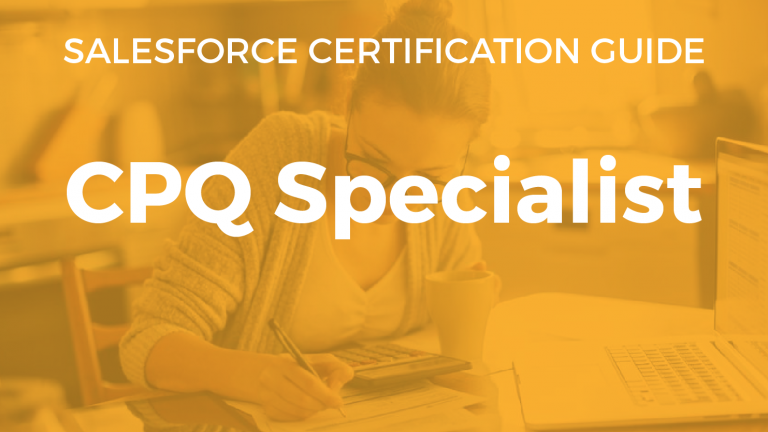
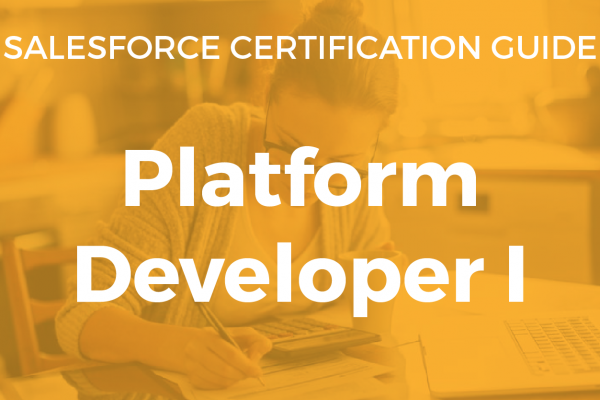
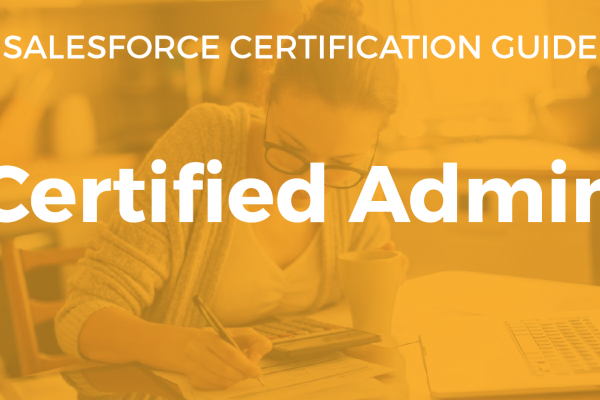
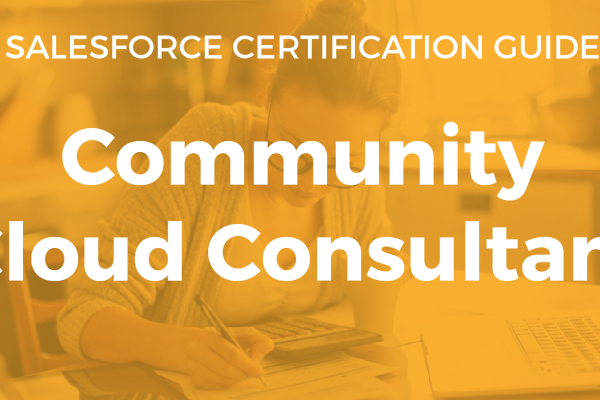
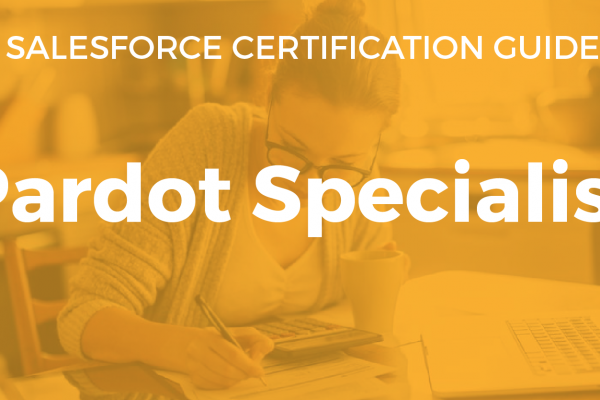
Hi Chris,
Thanks for sharing this valuable information. Do you know any resource to perform practice test for CPQ exam?
I have yet to see any practice exams for CPQ Specialist. I think the community will catch up eventually, but I have yet to see anything. Best of luck on your exam preparation!
Thanks Chris for wonderful post.
Just curious to know about below use case: How Salesforce CPQ handles it.
1. I have one product P1 which is monthly Subscription Based Products. And for this Product I have Defined one Price Deimension of Type Monthly.
2. Whenever we sell to the Customer, we create Opportunity and Quote. Support Quote Start Date is 1-Jan-2019 and Subscrition Term is 12 month
3. After Activating the Contract checkbox from Opportunity Records. Its Created Contract and Subscription Lines
4.Let Suppose every month it get changed of amount 5$ so for Total Year it get charged for 60 $
5. Now I wanted to terminate the Contract at the mid of April month (15-April-2019). In this Scenario i would like to Charge 2.5$ for April month and rest upcoming month Subscription line shoule be Marked as Zero $. Please help If Possible.
Thanks for reaching out, and so sorry for the delayed response. In this case, when you are terminating the contract, you will generate an amendment quote, and set the total of the subscription quote lines to 0. This will cancel those subscriptions. Salesforce CPQ can be set up with proration to handle the partial charge on the month.
Hopefully that helps answer your question.
Hey Chris,
Wanted to take a moment and thank you for your wonderful article and I can now proudly tell I am Salesforce CPQ specialist. Earning that badge meant a lot to me and I could not have completed it without your blog on the certification.
I am all set for my next target for community cloud.
Cheers
Bhavesh Jain
Bhavesh, that’s fantastic news! Congratulations on passing the exam! Glad the resources were useful.
Hi Bhavesh ,
Can you please provide inputs on how did you prepare for the CPQ Admin exam ?
hi, Chris, Can you please help me with this question I have?
I don’t understand the table on this help page: https://help.salesforce.com/articleView?id=cpq_product_code_layout.htm&type=5
does the table says: one option relationship can be 1:Many? seems Option 1 has 3 child products: i3 Processor, 1TB Hard Drive, 8GB Memory. so as option 2, option 3. I thought Option is a 1:1 relationship between 2 products to build a parent & child relationship in a bundle… maybe ‘package 1’s optional SKU’ is more accurate than ‘option 1’s optional SKU’ ? so the Option 1, 2, 3 doesn’t really refer to the Product Option… a bit confused here.. can you help to clarify a bit? thanks !
Happy to clarify. A product feature in this use case is 1:1, because a user should only be able to select one processor in a laptop. Other options could be possible (choose two memory cards, etc.), but not for this one.
That article refers specifically to building a bundle’s SKU based on the options selected in a product. On that laptop bundle, there are three product features: processor, hard drive, and memory. The user can select one of three options from any of those features: i.e. one processor, one hard drive and one memory. The table shows the optional SKUs that are applied based on the user’s selection. If the user selects an Intel i5 processor, the bundle includes a product with the i5 SKU. So the final bundle’s SKU for these selections (i3 processor, 1-TB hard drive, 8-GB of RAM) would be: LC-001-i3-1TB-8GB
Does that make sense?
Can you please elaborate further on this?
Thanks for all the info Chris.
Hi Chris,
Based on your comments it seems like CPQ certification is much more difficult to attain than Field Service Lightning? Thanks
Yes, I think CPQ is more difficult than FSL. CPQ has some complexity and edge case scenarios that make it more difficult to study for.
Hi Chris,
Does Salesforce recommend using multiple price books with Salesforce CPQ Price Book?
What’s the best approach to retain previous year pricing as well as support current and future pricing?
Yes, multiple price books are very common in CPQ. These can be broken out by region, product line, partner type (VAR, disributor, etc.) or other criteria.
I have seen price books that also apply to a company’s fiscal year. They make a price book for FY18, then FY19 and beyond. That can retain historical pricing, but does introduce some overhead. Hopefully that helps answer your question. If you have any others, feel free to comment here, or reach out directly via my contact page.
Hy Chris, thanks for your resource guide!
How about the “Determine how the CPQ managed package fits within a Salesforce org”?,
it’s the last section of the “CPQ Platform” topic.
could you please provide a resource for this?
thanks in advance!
George, I haven’t found a great resource for that topic. In essence, that bullet point wants to make sure you understand what CPQ really is, and how it fits in an org.
CPQ is a separate managed package, requires its own licensing, uses custom objects for most functionality, and ties into certain standard objects (like opportunity, asset, order, etc.). A review of the data model is necessary to know how the package fits with standard objects, and what the interaction points are. Also, good to know what a managed package is, and how they function. Just a cursory knowledge.
Having an understanding of those items should be sufficient for that point.